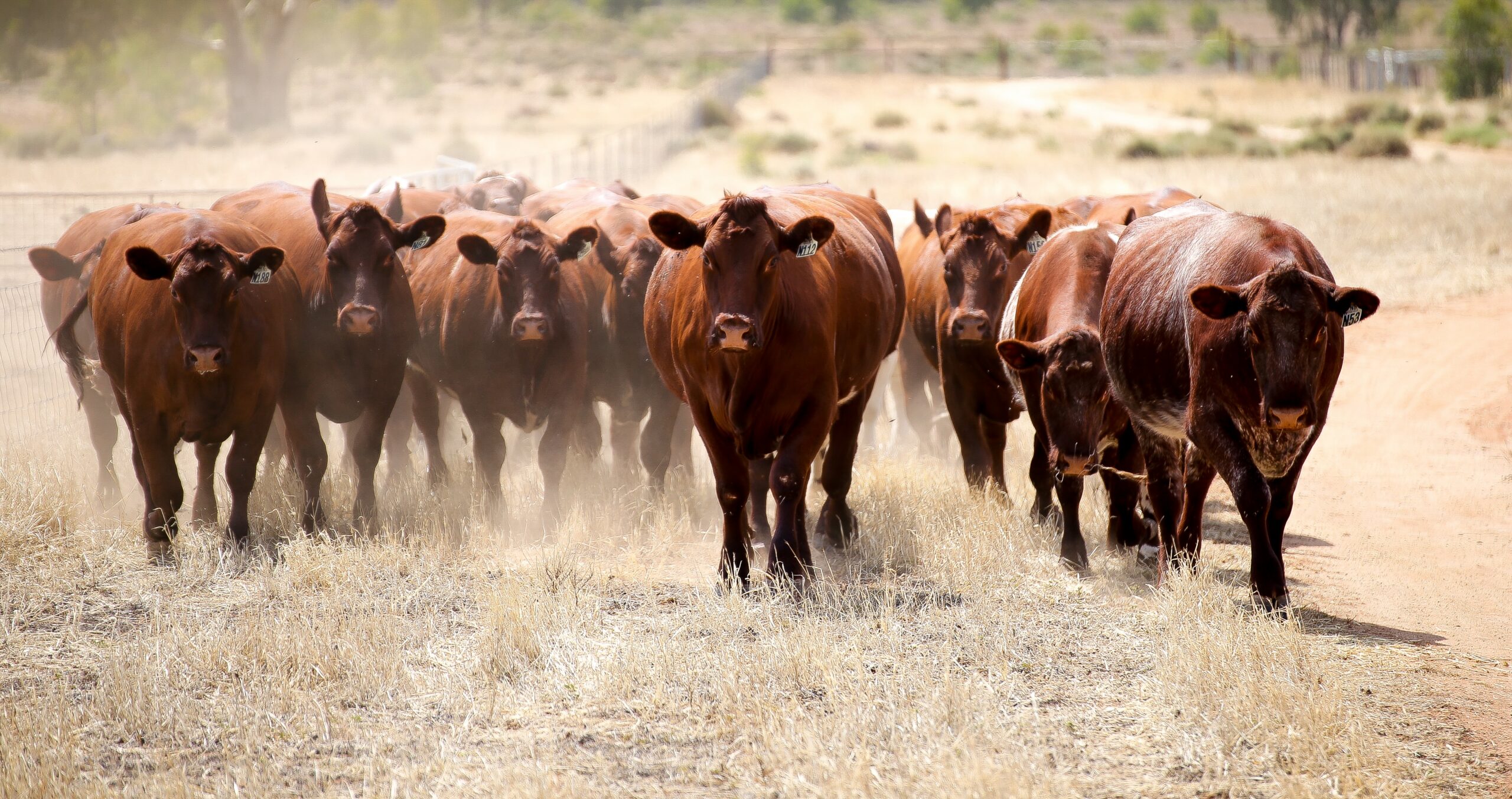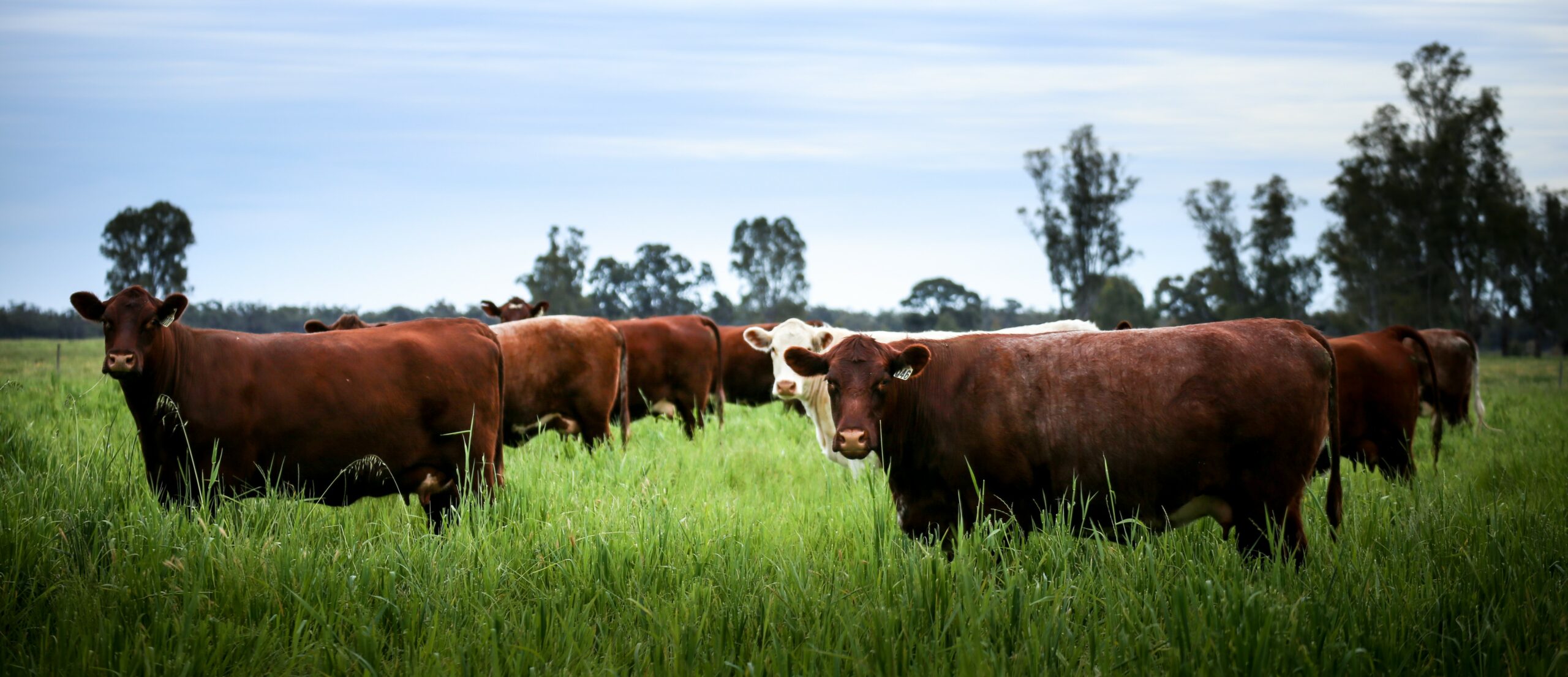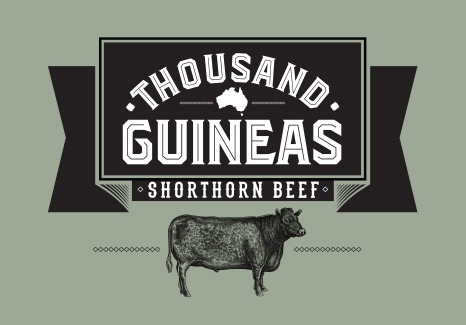Shorthorn Beef Poll Testing Fact Sheet
 To download the Shorthorn Beef Poll Testing Fact Sheet please click here.
To download the Shorthorn Beef Poll Testing Fact Sheet please click here.
To download the Shorthorn Beef DNA Request Form please click here.
The Poll Gene
The presence or absence of horns in Bos Taurus beef cattle, is controlled by two known genes, the polled gene and the horned gene. Polledness is a qualitative genetic trait, meaning that it is controlled entirely by genetics with no other influences.
Importantly, the Poll gene is dominant and the horned gene is recessive, therefore animals with one copy of both genes (heterozygous) will also always be polled, but may pass on the either the horned or polled gene to offspring. An animal with two copies of the polled gene (homozygous polled) will always be polled whilst an animal with two copies of the horned gene (homozygous horned) will always be horned.
Since 2010, a genetic test for poll status of cattle has been available, allowing producers to have a clear understanding of the genetics each animal carries. This is not important for cattle that are phenotypically horned, as the inheritance pattern means that phenotypically horned animals must carry two forms of the horned gene. For phenotypically polled cattle though, the situation is less clear. Phenotypically polled animals may be both homozygous polled and heterozygous polled. In the case of heterozygous polled animals, mating to other heterozygous polled animals will still produce horned progeny 25% of the time.
Understanding the SNP Poll Test results.
Recently Shorthorn Beef switched to SNP based DNA profiling for Poll Testing, which provides producers with the most accurate test possible. With the new testing though, two new classifications have caused some confusion. These are the Friesian (f) and Celtic (c) classifications.
The Poll gene is actually a mutation. Most mutations occur as a mutated gene with a single common ancestor, although it is possible for mutations to occur more than once and therefore have multiple ancestors. This is the case with the Poll mutation, where one ancestral source is referred to as the Friesian (f) mutation and another ancestral source is referred to as the Celtic (c) mutation. Importantly, both mutations have the same effect, meaning that animals with either the Friesian (f) mutation or the Celtic (c) mutation should be treated as having the poll gene, regardless of the ancestral source.
Understanding Scurs.
Scurs are genetically transmitted, however the gene is located at a different point on the DNA to the horned / polled genes. Scurs also have a different inheritance pattern, one that is believed to be sex affected, however the gene does not sit on the sex chromosome, so the condition is sex influenced not sex controlled. For male calves, the scur gene is believed to be dominant, where for females calves the scur gene is believed to be recessive. This means that male calves with one form of the gene will likely be scurred, whilst females will only be scurred with two forms of the gene.
Further, animals with horns, prevent the development of the scurred phenotype. This means that scurs can only be seen in polled cattle. Because of this, animals showing scurs are classified as poll cattle, because they must carry at least one form of the poll gene.
Importantly, it also means that sires that do not show scurs are also likely to have no forms of the scur gene.
DNA Poll Test.
Breeders may have differing aims regarding the poll status of their herd.
NSW DPI list the cost of bruising and carcass damage to the Australian Beef industry at more than $20 million annually, with horn damage the largest single contributor.
Whilst dehorning is a common management practice for many producers, there is the potential for some economic loss regarding loss of weight gain for a period after dehorning as well as an increased risk of infection and flystrike. Many producers are also concerned about the possibility for animal welfare issues being raised in the future.
Whatever your strategy, understanding an animals genetic status can be a valuable management tool. Beyond the obvious outcome known for horned animals, it has always been extremely difficult to know the genetic components within polled herds. With the introduction of the DNA SNP Poll test, breeders now have a simple and affordable way to understand whether an animal is homozygous or heterozygous polled.







